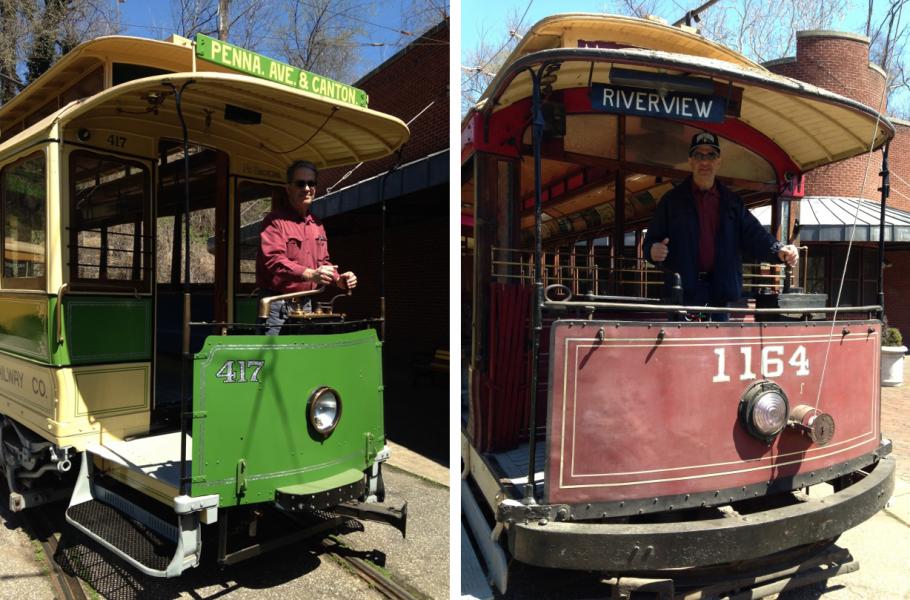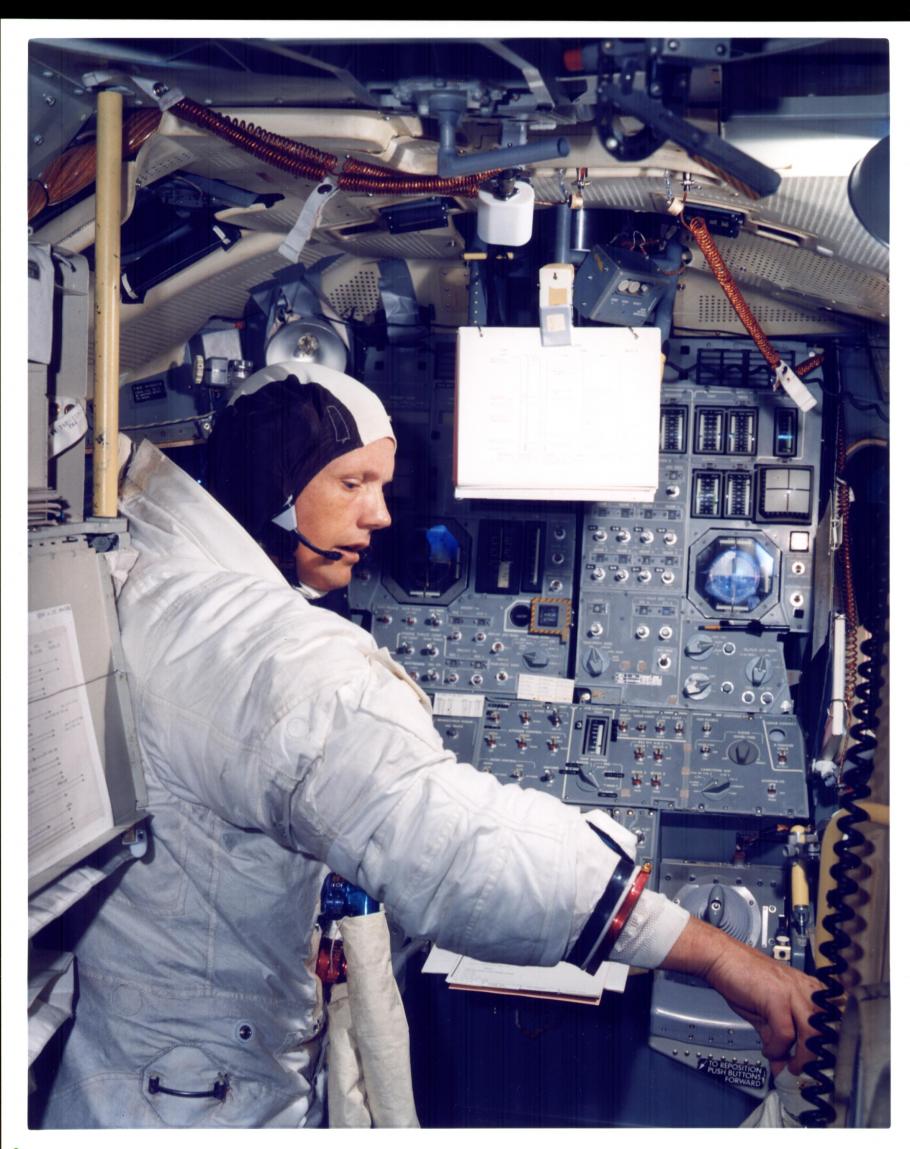In his memoir Moon Lander, Grumman project manager Thomas Kelly describes the exhilaration at Grumman for winning the contract to build what became the Lunar Module (LM), followed by trepidation when the design team realized the severe weight restraints they had to work under in order to get two astronauts safely to the lunar surface and back to lunar orbit. At the outset, Grumman and NASA worked with an initial estimate of 30,200 pounds, which was within the limits of the Saturn V’s booster capability; but this began to grow ominously as the work progressed. Aircraft engineers were accustomed to a general increase of about 5 to 10 percent from the calculated weight from the engineering drawings to the actual weight of a craft as measured after construction. But “…the inexorable growth in LM weight was threatening the whole Apollo mission” (page 115 of Moon Lander). The weight of the Ascent Stage, initially budgeted at 10,800 pounds, was especially critical. Any additional pound of weight there generated a “multiplier effect” of requiring more propellant, and with that larger and heavier tanks, etc. on the Descent Stage, which in turn required more thrust, hence more propellant and weight, from the upper stages of the Saturn V booster—all the way down to the Saturn’s first stage.
In late summer 1963, the Grumman engineers came up with a breakthrough that, in hindsight, was a critical factor in achieving President Kennedy’s goal of achieving a landing by the end of the decade. That was to remove the seats from the Ascent Stage, and have the crew stand up. The Moon’s gravity was only 1/6th that of Earth’s; during descent and ascent the crew would be subject to no more than 1/3 G. For those G-forces, a person’s legs make excellent shock absorbers. Removing the seats saved weight and enabled the crew to stand closer to the windows, which in turn could be smaller, and therefore lighter and stronger, while still affording an adequate view. It increased the volume available to the crew in the LM dramatically and made it easier for the crew to don and doff their spacesuits before venturing out on to the Moon’s surface. That decision alone did not solve the weight problem, but it helped a lot. It was one of many critical breakthroughs made during the Apollo program that in hindsight seem miraculous, yet also seem to have happened on a daily basis. (In the official NASA history of the LM program, Chariots for Apollo, the authors Courtney G Brooks, James M. Grimwood, and Loyd S. Swenson credit NASA engineers with the idea; Kelly says diplomatically that it was a joint decision, as the teams worked so closely with one another during the planning stages.)
Apollo 12 astronaut Pete Conrad called it a “trolley car configuration,” and enthusiastically supported the design. What did Pete mean by that?
Grumman was an established aircraft manufacturer, located in Bethpage, Long Island (New York). It supplied the U.S. Navy with a number of aircraft, and its experience with designing aircraft that would withstand hard carrier landings probably helped it win the contract for the LM. Most of the Apollo/Saturn development and construction was done in the South or West, but Grumman (and the MIT Instrumentation Laboratory, located in Massachusetts), were the exceptions. Bethpage is about 48 kilometers (30 miles) east of the Brooklyn borough of New York. In the early twentieth century, Brooklyn was crisscrossed by a dense network of trolley cars, which ran on the surface of streets. Snobbish residents of Manhattan, which had more underground subways than surface trolleys, called residents of Brooklyn “Trolley Dodgers.” The local Brooklyn baseball team adopted that moniker, later they shortened it to the “Brooklyn Dodgers.” Here is where Pete Conrad’s observation comes in. Trolley cars were operated not by an “engineer” but by a “motorman,” almost exclusively male. He did not sit in a seat, but rather he stood up (sometimes resting on a tall stool). With his left hand he controlled a device that cut in amounts of electrical current, to regulate the speed—not strictly speaking a throttle but it had the same function. His right hand held a lever that served as a brake.
The author at the controls of two trolleys, Baltimore Streetcar Museum.
In the Lunar Module, the Commander and Lunar Module Pilot each had a set of controls they operated with each hand. For the Commander, the left hand held a T-shaped handle that regulated the rate of descent, and thrust. The right hand held a joystick that controlled the LM’s attitude and translation across the lunar surface. Not quite the same as a “trolley car configuration” but close.
NASA engineers in 1964 decided that astronauts could stand in the lunar module cabin during the trip to the lunar surface. Illustration: NASA
Apollo 11 Commander Neil Armstrong goes through flight training in the lunar module simulator at the Kennedy Space Center.
Did the Grumman engineers have that view in the back of their minds as they struggled with the design of the LM? We don’t know but it is tempting to think so. Professor George Basalla of the University of Delaware wrote, in his book The Evolution of Technology, that what we perceive as technological breakthroughs often have strong evolutionary lines going back into the past. He gives a number of examples, such as the relationship between the Glidden patent for barbed wire, an invention that played a large role in the settlement of the American Great Plains, and the thorns of the Osage Orange bush, used by early pioneers to keep livestock from straying. He mentions others, but not the Lunar Module-Trolley connection. I suggest we add the connection, and with it the Brooklyn “Trolley Dodgers,” America’s most beloved baseball team.


